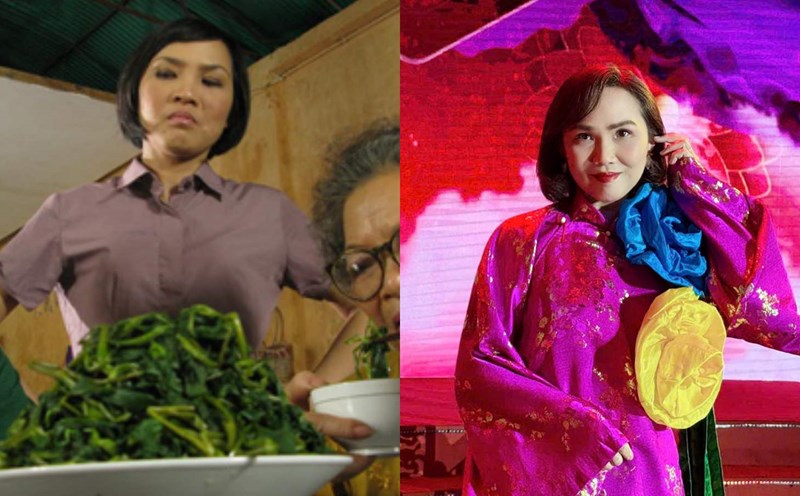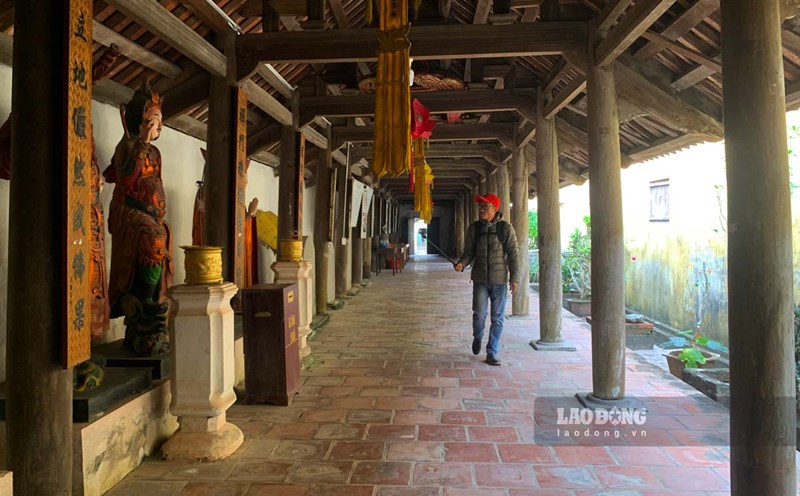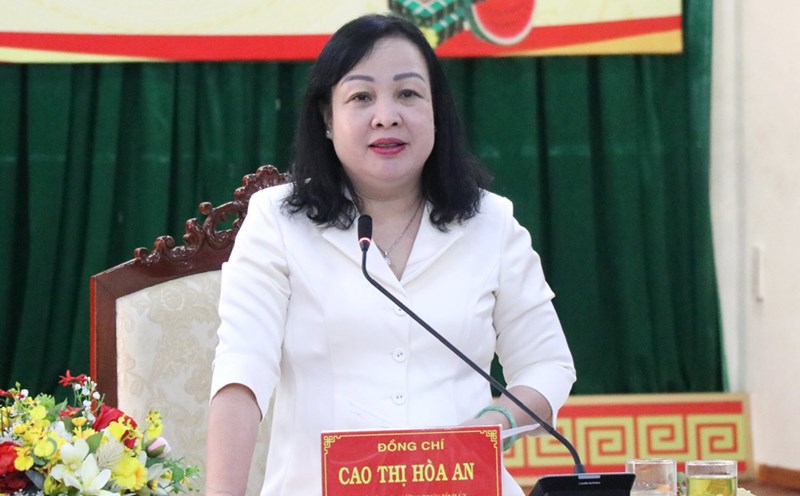Capital of delicious rice
More than a century ago, Soc Trang rice was famous in the Far East market with the name "Bai Xau rice". The bustling Bai Xau trading port in My Xuyen district at that time was the gathering place for merchants looking to buy this special type of small, long grain, delicious rice. Bai Xau rice was not only favored by the people of Cochinchina but also sought after by international traders, becoming a famous commodity in Hong Kong (China) and European countries.
Nearly a century later, the quintessence of Bai Xau rice has once again been awakened thanks to the tireless efforts of scientists and farmers in Soc Trang. The special Soc Trang fragrant rice varieties (ST), especially ST24 and ST25, bred by the research team of Hero of Labor, engineer Ho Quang Cua and his colleagues, are considered the perfect "descendants" of Bai Xau rice, with superior characteristics in flavor and quality.
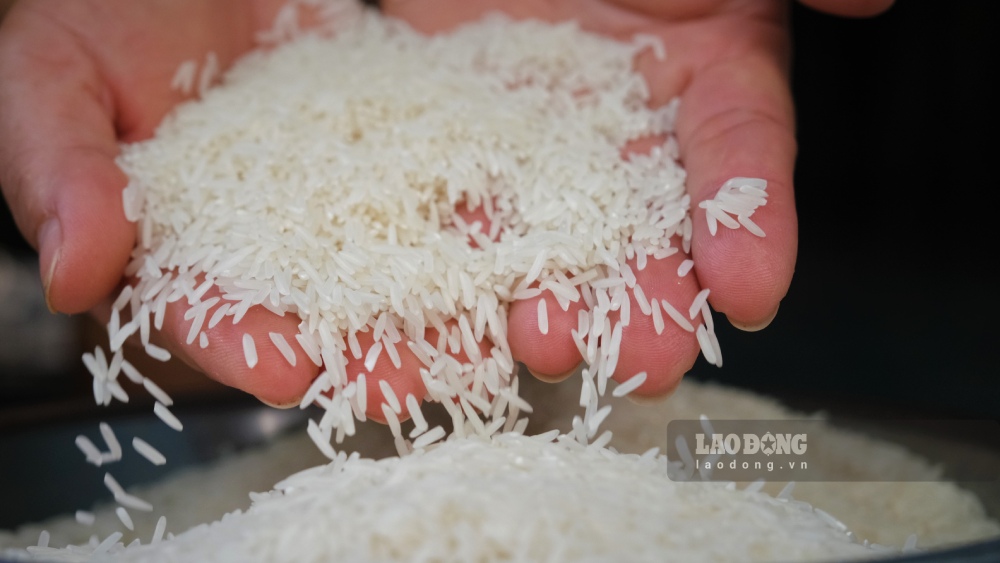
In 2019, Soc Trang's ST25 rice affirmed the position of Vietnamese rice on the global agricultural map when it won the title of World's Best Rice for the first time. To date, ST25 has won this noble title twice, making Soc Trang the "capital" of delicious rice.

According to Mr. Vuong Quoc Nam - Vice Chairman of the People's Committee of Soc Trang province, the locality currently has the 5th largest rice growing area in the Mekong Delta region with more than 140,000 hectares. Thanks to the specialized production structure of 2-3 crops per year, the total annual growing area reaches over 330,000 hectares, with an output of over 2.1 million tons.
"The highlight is that the proportion of specialty rice and high-quality rice accounts for over 54%, of which ST24 and ST25 rice varieties account for over 18% and are ranked as the World's Best Rice through international competitions," Mr. Nam proudly said.
Economic growth, farmers prosper
In 2024, Soc Trang's economy will grow impressively by 7.07%, with export turnover reaching about 1.8 billion USD, of which rice will contribute significantly with more than 1.2 million tons of exports, worth 789 million USD, an increase of 92% compared to 2023. These figures show the strong development of Soc Trang's rice industry, especially specialty fragrant rice varieties.
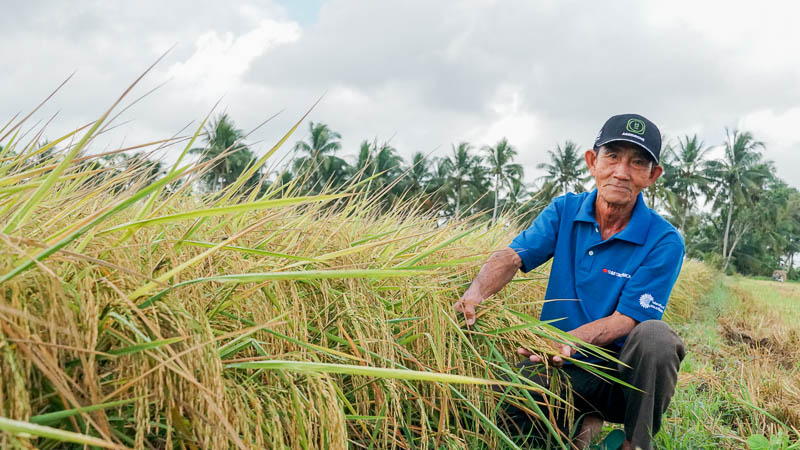
Mr. Truong Van Hung - Director of Hung Loi Agricultural Cooperative (Long Duc commune, Long Phu district) - said that since ST25 fragrant rice won the title of World's Best Rice, cooperative members mainly chose to cultivate this rice variety because of its high economic value and the fact that it is purchased by businesses at a stable price.
Mr. Pham Hoang Tran - a farmer in Long Duc commune (Long Phu district) - excitedly shared: "Thanks to growing ST25 rice, my family has built a spacious house, and income has increased significantly compared to before". According to Mr. Tran, in the 2024 - 2025 Winter-Spring crop, with 3 hectares of ST25 rice, his family will earn a profit of about 50 million VND/ha, 5 million VND/ha higher than with conventional rice varieties.
Mr. Hua Thanh Nghia - Director of Nghia Thang Cooperative (Dai Tam Commune, My Xuyen District, Soc Trang Province) - said that for the past 20 years, ST rice has been grown on Dai Tam land, starting with ST3 and now ST25. Cultivation of certified rice varieties, closely linked with businesses, has brought many times higher profits to rice growers, helping many households escape poverty and become rich.
Many farmers in My Xuyen district (Soc Trang province) said that thanks to the ST rice variety, the model of "shrimp hugging rice plants" has been revived on ineffective shrimp farming areas in this locality and the product "fragrant rice - clean shrimp" has been born.
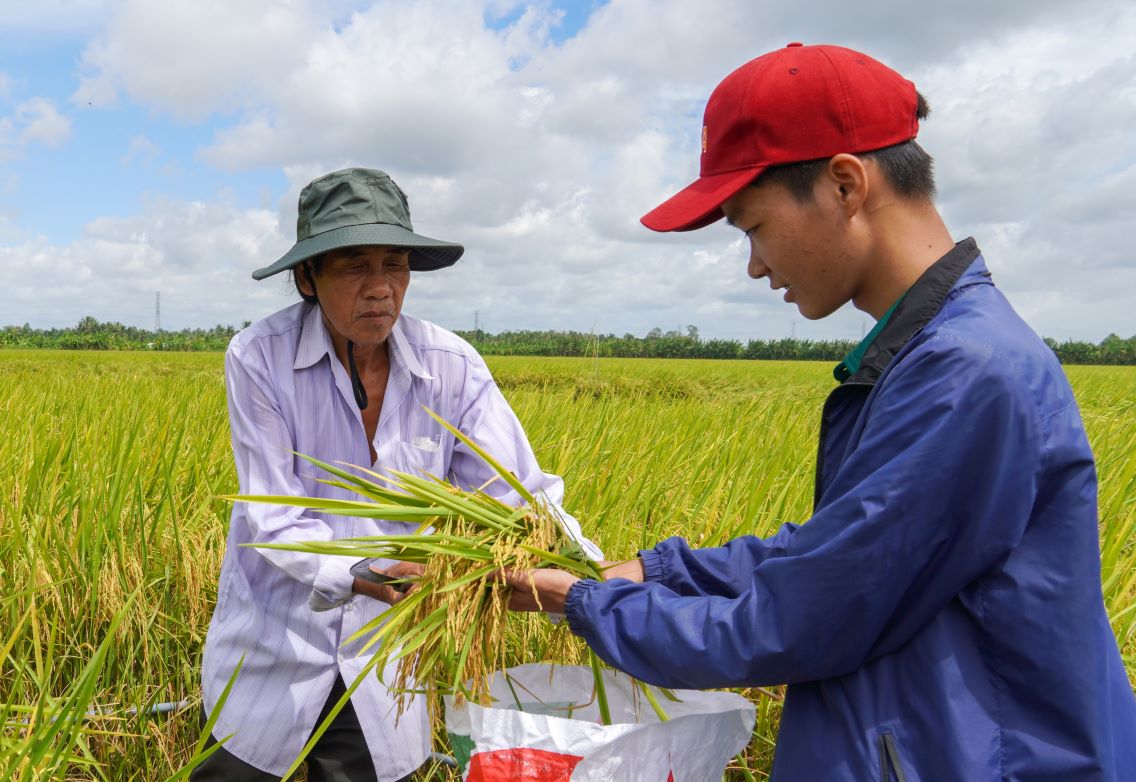
According to the Department of Agriculture and Rural Development of Soc Trang province, the province is continuing to invest heavily in developing specialty rice, implementing projects to develop specialty rice, expanding raw material areas, building a fragrant rice brand, applying science and technology, and developing safe and sustainable agriculture. By 2025, Soc Trang aims to have 195,000 hectares of sown area for specialty rice, with priority given to developing ST rice varieties.




